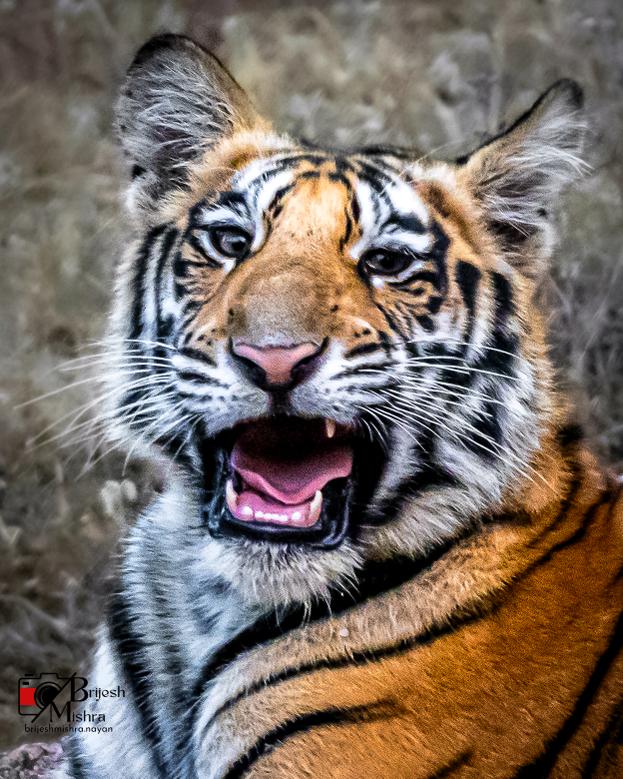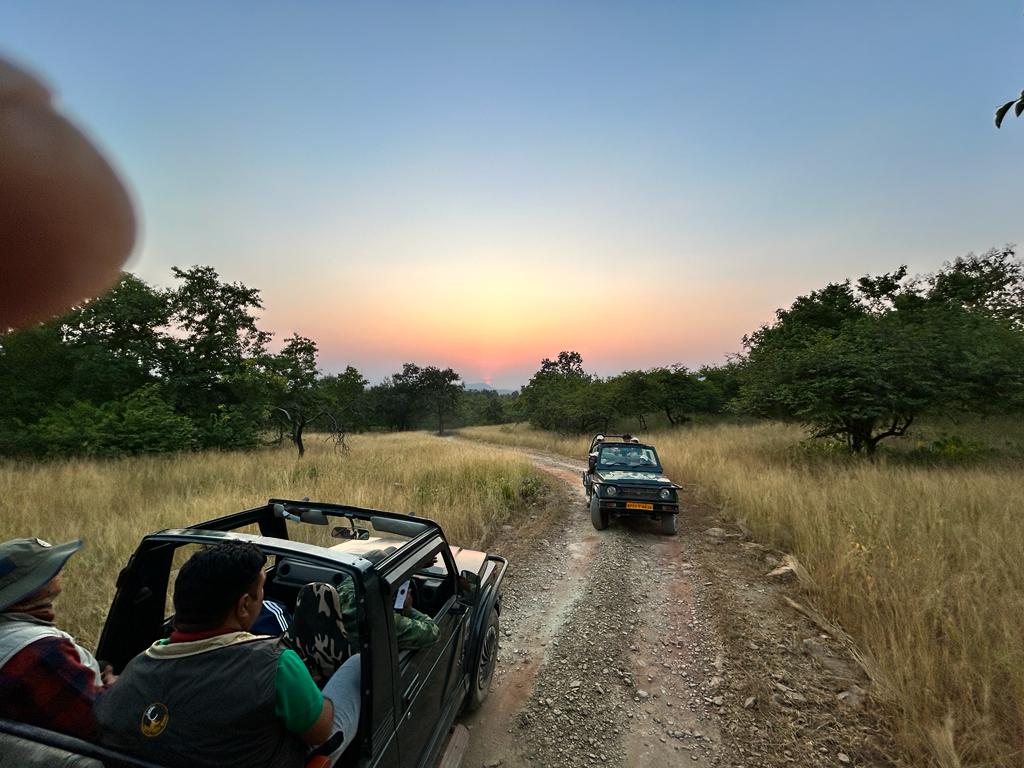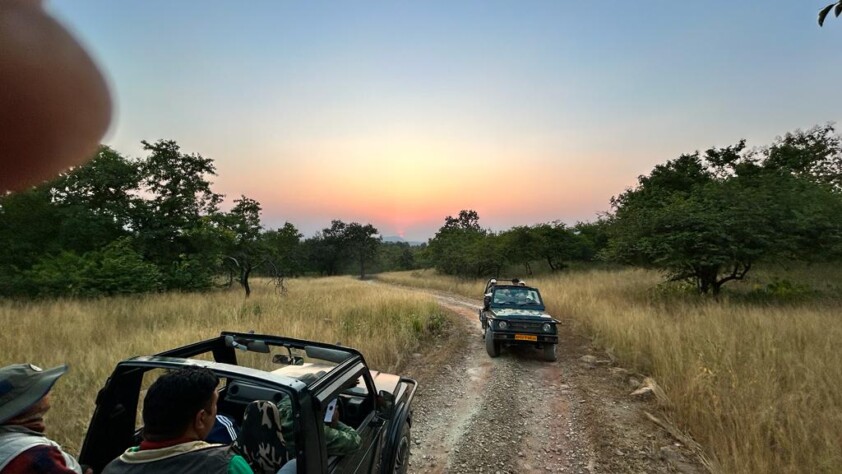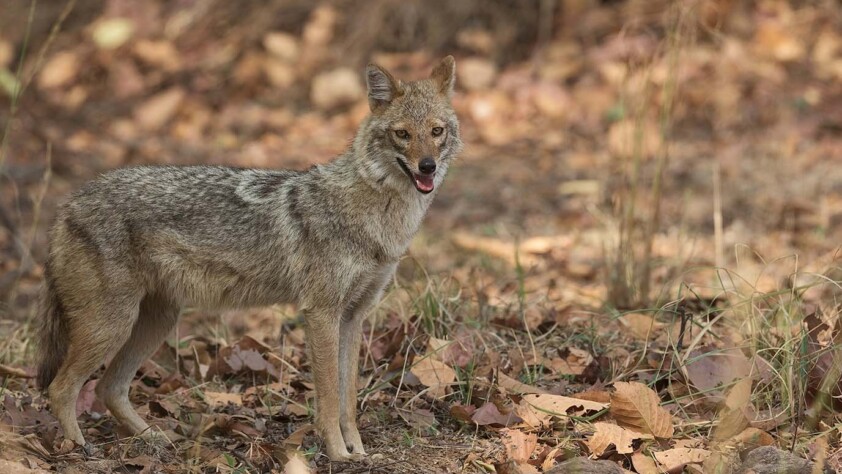Choosing the right camera and gear for wildlife photography is crucial for capturing stunning and detailed shots of elusive creatures in their natural habitats. Here’s a guide to essential equipment:
1. Camera Body:
- Full-Frame DSLR or Mirrorless Camera: Provides superior image quality, low-light performance, and faster autofocus. Popular models include Canon EOS 5D series, Nikon D850, Sony A7R IV, or equivalent mirrorless options.
2. Lenses:
- Telephoto Lens (300mm and above): A long focal length is essential for capturing distant wildlife without disturbing them. Popular choices include Canon EF 100-400mm f/4.5-5.6L IS II, Nikon AF-S 200-500mm f/5.6E ED VR, or Sony FE 200-600mm f/5.6-6.3 G OSS.
- Fast Prime Lens (Optional): A wide aperture prime lens like a 50mm f/1.8 or 85mm f/1.4 can be useful for low-light situations or creative shots.
3. Tripod:
- A sturdy and lightweight tripod is essential for stabilizing your camera, especially when using heavy telephoto lenses. Carbon fiber tripods are popular for their durability and weight.
4. Gimbal Head:
- A gimbal head allows smooth and stable movement when tracking wildlife. Popular choices include the Wimberley Gimbal Head or the Jobu Design Gimbal.
5. Camera Bag:
- A durable and weather-sealed camera bag with sufficient padding and compartments for organizing and protecting your gear while in the field.
6. External Flash:
- An external flash can be useful in low-light conditions or for adding fill light. Consider a flash with high-speed sync capability for freezing motion.
7. Memory Cards:
- High-capacity, fast, and reliable memory cards (SD or CFexpress) to store a large number of high-resolution images. Consider UHS-II or V90 cards for faster write speeds.
8. Spare Batteries:
- Carry extra camera batteries to ensure you don’t run out of power during extended wildlife photography sessions.
9. Lens Cleaning Kit:
- Dust and moisture are common challenges in the field. Pack a lens cleaning kit with a blower, microfiber cloths, and a lens cleaning solution.
10. Rain Cover:
- Protect your camera and lenses from the elements with a rain cover. Opt for a cover that allows easy access to camera controls while providing complete protection.
11. Bean Bag or Window Mount:
- Use a bean bag or window mount for stability when shooting from a vehicle or in situations where a tripod is impractical.


12. Camouflage Clothing:
- Blend into your surroundings with neutral-colored, camouflage clothing to minimize disturbance to wildlife.
13. Field Guide and Maps:
- Carry a wildlife field guide to identify species and learn about their behavior. Maps of the area can help you plan your shots and navigate the terrain.
Investing in high-quality equipment is essential, but remember that skills, patience, and understanding of wildlife behavior are equally important for successful wildlife photography


